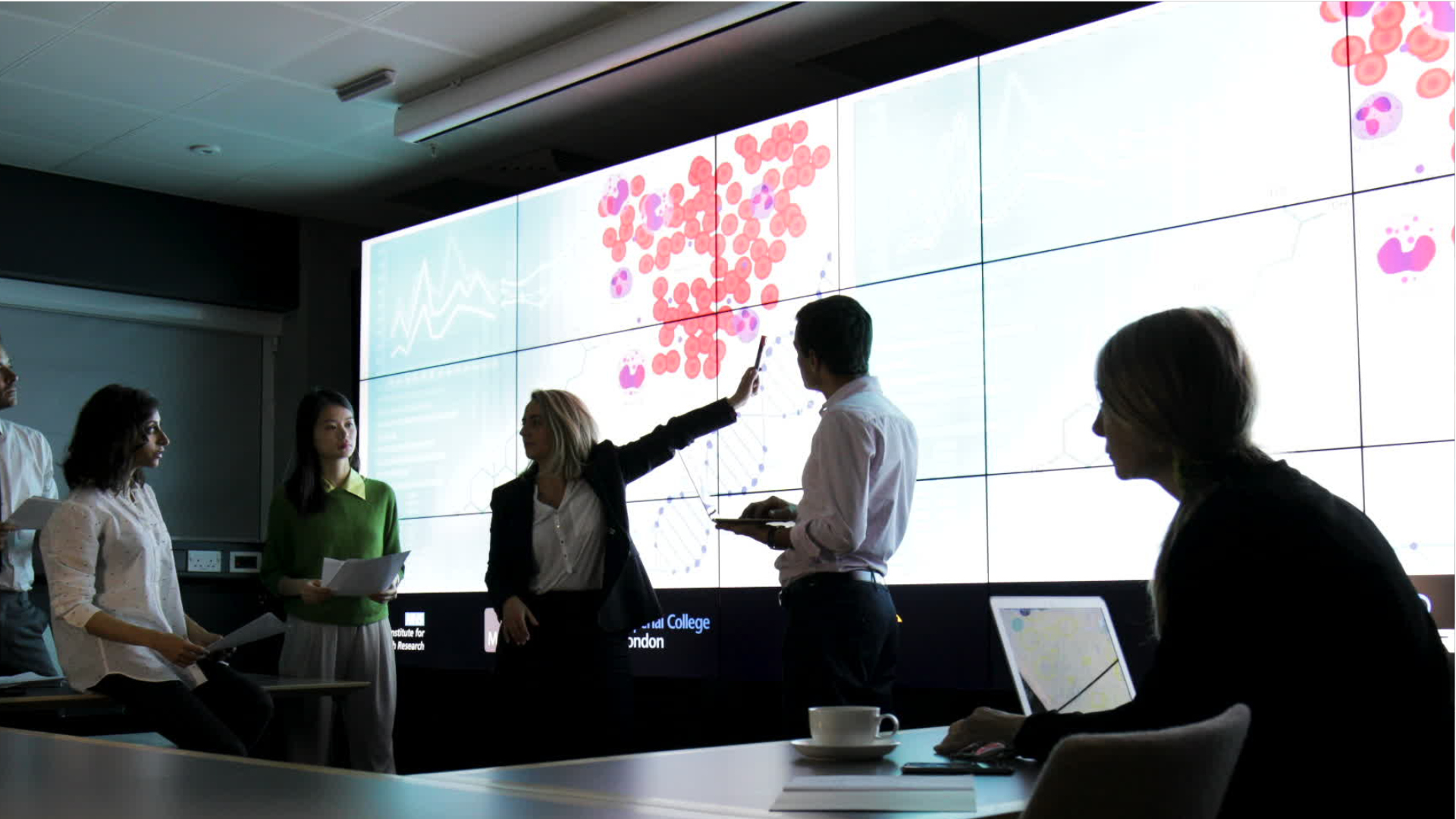Statistical Assistants
Actuarial Analyst, Actuarial Assistant, Actuarial Technician, Research Assistant
 Select a military branch to see samples.
Select a military branch to see samples.
Aviation Resource Management; Aviation Resource Management Craftsman; Aviation Resource Management Journeyman; Education And Training; Education And Training Craftsman; Education and Training Journeyman; Health Services Management; Health Services Management Craftsman; Health Services Management Helper; Health Services Management Journeyman, Health Information Technology
Petroleum Laboratory Specialist; Test and Evaluation
Operations Research and Data Analytics
Aviation Data Analyst; Aviation Maintenance Data Specialist; Aviation Support Equipment Asset Manager; Defense Systems Analyst; Modeling and Simulation Officer; Operations Analyst; Operations Research Specialist
Aviation Maintenance Administrationman; Aviation Maintenance Management Engineer; F-18 Automated Maintenance Environment Operator; Maintenance and Material Management Data Analyst; Mathematics Research Officer; Oil Analysis Operator/Evaluator; Operations Analyst; Optimized NALCOMIS Database Administrator/Analysis IMA; Preventive Medicine Technician; Statistical Data Analyst
No similar titles were found.
What they do:
Compile and compute data according to statistical formulas for use in statistical studies. May perform actuarial computations and compile charts and graphs for use by actuaries. Includes actuarial clerks.
On the job, you would:
- Compute and analyze data, using statistical formulas and computers or calculators.
- Check source data to verify completeness and accuracy.
- Enter data into computers for use in analyses or reports.
Knowledge
Arts and Humanities
- English language
Math and Science
- arithmetic, algebra, geometry, calculus, or statistics
Engineering and Technology
- computers and electronics
Business
- customer service
Skills
Basic Skills
- using math to solve problems
- reading work related information
Problem Solving
- noticing a problem and figuring out the best way to solve it
Abilities
Math
- choose the right type of math to solve a problem
- add, subtract, multiply, or divide
Verbal
- read and understand what is written
- communicate by writing
Ideas and Logic
- make general rules or come up with answers from lots of detailed information
- order or arrange things
Visual Understanding
- see hidden patterns
Personality
People interested in this work like activities that include data, detail, and regular routines.
They do well at jobs that need:
- Attention to Detail
- Dependability
- Cautiousness
- Integrity
- Achievement Orientation
- Intellectual Curiosity
Technology
You might use software like this on the job:
Analytical or scientific software
- IBM SPSS Statistics
- The MathWorks MATLAB
Presentation software
- Microsoft PowerPoint
Object or component oriented development software
- C#
- Oracle Java
Education
Education: (rated 4 of 5)
bachelor's degree or
some college
usually needed
some college
usually needed
Job Outlook
Below Average
New job opportunities are less likely in the future.
Explore More
- Bookkeeping, Accounting, & Auditing Clerks
- Business Intelligence Analysts
- Clinical Data Managers
- Data Scientists
- Statisticians
You might like a career in one of these industries:
See more details at O*NET OnLine about Statistical Assistants.






